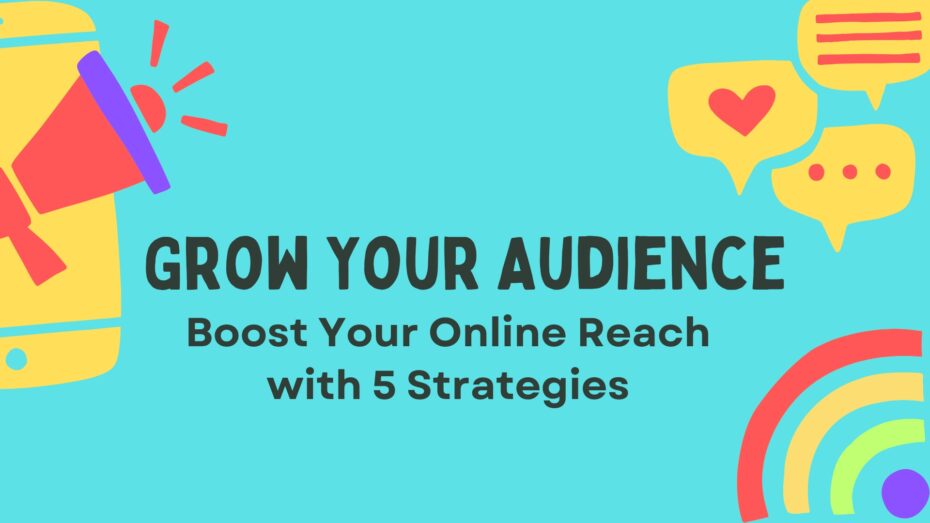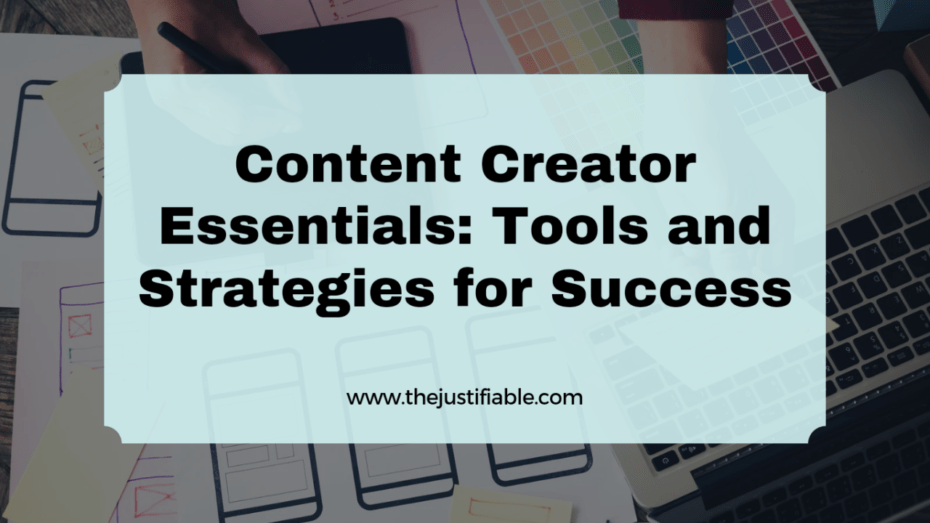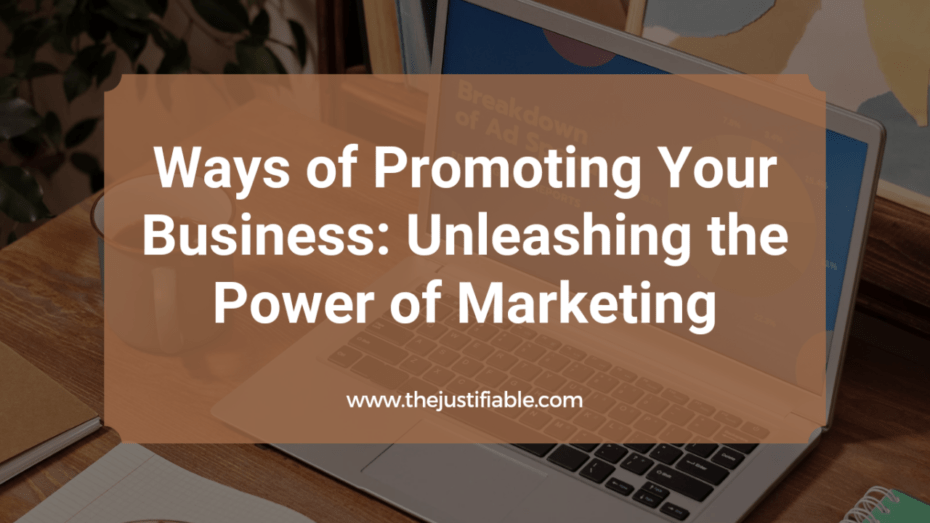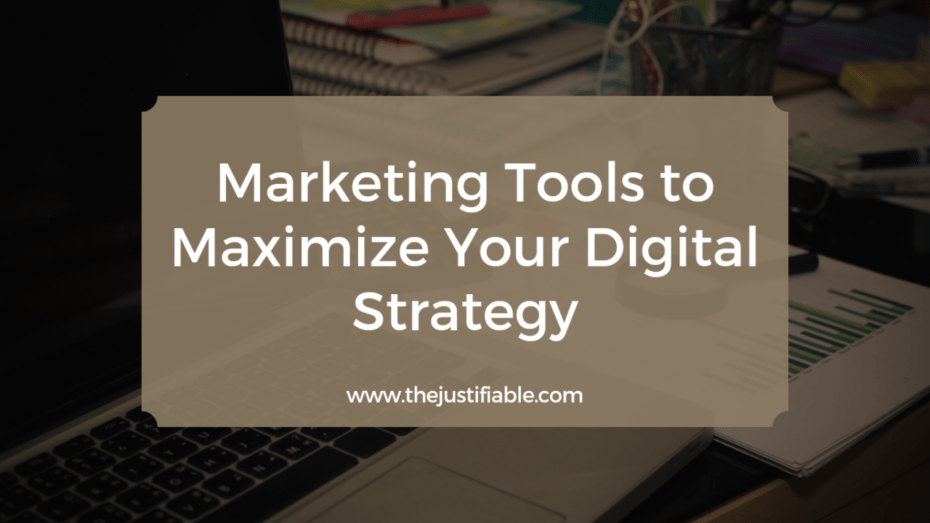Disclosure: This post contains affiliate links, which means that if you click on them and make a purchase, I will receive a commission. Read our Disclaimer for More.
Growing your audience is more than just a vanity metric; it’s a testament to your brand’s credibility, reach, and overall potential for success. In an era where almost every business, influencer, and content creator vies for attention, the ones who truly understand their audience’s needs and cater to them efficiently stand out from the crowd. Not only does a substantial online presence validate your authority in a specific domain, but it also opens doors to increased sales, collaboration opportunities, and sustained brand loyalty.
Imagine logging onto your favorite social media platform or your website’s analytics dashboard and seeing your numbers skyrocket. That thrill isn’t just about the number itself. It’s the recognition of the fact that more people are genuinely interested in what you have to say, sell, or share. They are investing their time – the most precious resource – to engage with your content. Hence, learning how to effectively grow your audience is essential.
Why Is It Crucial to Grow Your Audience?
In the vast digital landscape, the quest to grow your audience might often feel like searching for a needle in a haystack. But why is it that businesses, content creators, and influencers lay such significant emphasis on this growth? Is it merely about boosting numbers, or is there a deeper significance?
At its core, to grow your audience is to expand one’s influence, impact, and ultimately, potential for success. An audience isn’t just a passive group of viewers; they represent a community of engaged individuals who resonate with your message, trust your brand, and act upon the recommendations or solutions you provide. They are the lifeblood of any online venture.
Growing your audience isn’t merely a strategic move; it’s an adaptive one. The digital ecosystem is dynamic, with trends changing rapidly and new platforms emerging almost daily. Amidst this volatility, a strong, growing audience serves as a stabilizing force. It ensures that even when algorithms change or platforms evolve, there’s a dedicated community of people who look forward to what you offer.
Furthermore, as your audience grows, so does the diversity within it. This expansion allows you to tap into wider demographics, understand varying needs, and tailor your offerings even more precisely. It’s akin to a feedback loop; the more people you reach, the better insights you gather, which in turn helps you refine and improve, attracting even more followers.
Another indispensable facet is the ripple effect that a growing audience can initiate. Every individual within your audience has their network of connections, and when content resonates with them, they’re likely to share it within their circles. This organic spread is invaluable. Not only does it mean that your message is impactful, but it also amplifies your reach without additional efforts on your part.
In the business context, a broadened audience directly translates to larger potential customer bases, increased sales, and improved revenue. For influencers and content creators, it means better collaboration opportunities, more significant brand deals, and a louder voice in community discussions.
Now let’s delve into the 5 strategies to grow your audience.
Strategy #1: Engaging Content Creation
Engaging content creation lies at the heart of any strategy designed to grow your audience. In a digital world flooded with information, it’s not just about churning out content but about making it impactful, memorable, and in line with what your audience seeks.
When your content resonates, it not only keeps your existing audience hooked but also attracts new members organically. But how does one ensure the content they produce is engaging?
Understanding What Your Audience Wants
Delving into the psyche of your audience is the first step to creating content that resonates. It’s tempting to assume we know what our audience wants, based on trends or personal biases. However, true understanding often requires more dedicated research and attentiveness.
Listening is an essential skill here. Monitor the comments, feedback, and questions posed by your followers across platforms. Platforms like Quora, Reddit, or even Twitter can offer insights into the challenges, questions, and curiosities your target demographic has. Similarly, tools like Google Analytics or other data analytics solutions can shed light on which of your content pieces are most consumed and shared. They can highlight the topics or formats your audience gravitates towards, providing a clear direction for future content.
Moreover, periodically conducting surveys or feedback sessions can provide direct insights from your audience. They can voice out their preferences, which might sometimes be surprising or counterintuitive, offering you an opportunity to refine and redirect your content strategy.
Types of Engaging Content
Diversity is a defining feature of the digital content landscape. As technology evolves, so do the formats in which audiences consume content. To grow your audience, it’s crucial to be versatile and adaptable, offering a mix that caters to different preferences and consumption habits.
Written content, like articles and blogs, remains a staple. They are invaluable for SEO purposes and provide an in-depth exploration of topics. However, the rise of platforms like TikTok, YouTube, and Instagram has highlighted the undeniable pull of video content. Short clips, tutorials, webinars, or even behind-the-scenes footage can make your brand more relatable and provide a dynamic way to share information.
Infographics amalgamate visual appeal with information, making complex topics digestible and shareable. They’re particularly effective for platforms like Pinterest or LinkedIn, where visual content is highly consumed.
Podcasts have seen a meteoric rise in popularity, catering to the audience that consumes content on-the-go. They offer an intimacy, as listeners often feel a personal connection with podcast hosts, making it a potent tool for audience growth.
Lastly, interactive content like quizzes, polls, or even web-based games can drive high engagement, making users spend more time on your platform and share their experiences.
Strategy #2: Effective Social Media Utilization
As we pivot to the digital age, the significance of social media in efforts to grow your audience becomes ever more paramount. These platforms aren’t just about staying connected with friends or sharing holiday pictures; they’re powerful tools that can make or break your online presence.
Effectively leveraging social media isn’t just about being present but about being present where it matters and doing so with a strategic consistency that resonates with your target audience.
Choosing the Right Platforms
When setting out to grow your audience through social media, it’s easy to fall into the trap of thinking that being on every platform is the key. In reality, this scattered approach can dilute your message and waste valuable resources. The essence lies in selecting platforms that align with your brand, goals, and most importantly, where your target audience spends their time.
For instance, if you’re a B2B business, platforms like LinkedIn or Twitter might be more beneficial for your brand, allowing for professional networking and targeted content sharing. Conversely, a fashion brand or a travel blogger would find more value in visually-rich platforms like Instagram or Pinterest.
Moreover, the demographic details of each platform – age range, predominant gender, and even user interests – can guide your choices. If you’re aiming to engage with younger audiences, platforms like TikTok or Snapchat might be more suitable. On the other hand, a slightly older audience might be more prevalent on Facebook.
In essence, the ‘right’ platform isn’t a one-size-fits-all answer. It requires a careful understanding of your brand identity, audience persona, and your content strengths. And sometimes, it also involves experimenting, analyzing feedback, and then pivoting accordingly.
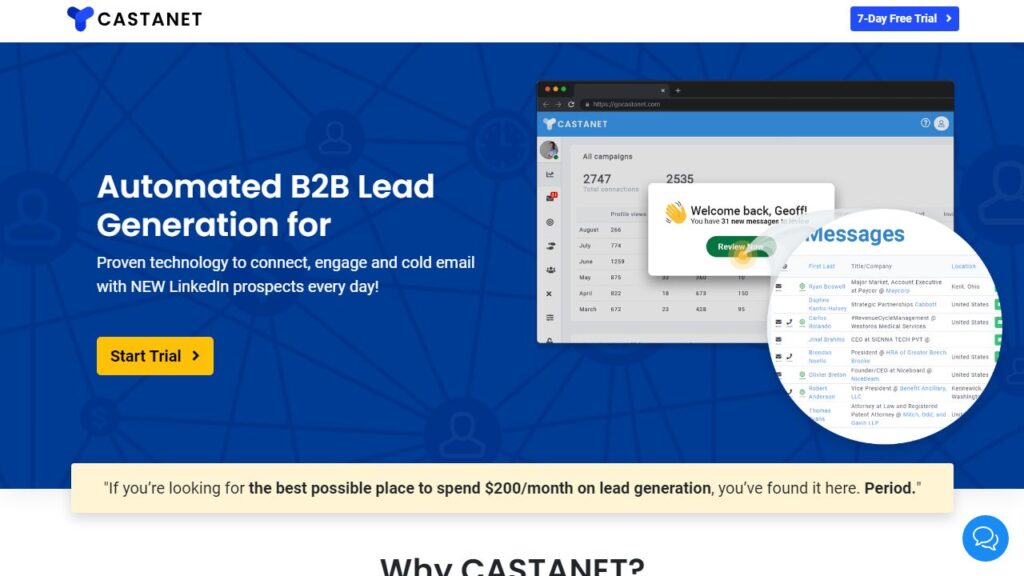

Posting Frequency and Consistency
Once you’ve zeroed in on your platforms of choice, the next pivotal strategy to grow your audience is determining how often and how consistently you post. It’s a delicate balance – post too much, and you risk overwhelming or annoying your audience; post too sporadically, and you become forgettable.
The ideal posting frequency varies based on the platform and your audience’s behavior. For some platforms, multiple daily posts can be beneficial, while for others, a few times a week suffices. However, more important than frequency is consistency. If your audience knows they can expect fresh content from you every Tuesday and Thursday, they’re more likely to return and engage. Consistency builds trust and sets a rhythm that both you and your audience can comfortably adapt to.
Yet, it’s not just about the consistency of timing but also of messaging and branding. Ensuring that your posts, across all platforms, echo a unified brand message, style, and voice, aids in creating a recognizable and reliable brand image.
Strategy #3: Collaborations and Partnerships
In the quest to grow your audience, sometimes the most significant boosts come not from solitary efforts but from joining forces with others. Collaborations and partnerships offer a symbiotic pathway to tap into new demographics, leverage shared resources, and amplify your message. When executed judiciously, they can be a win-win for all parties involved, significantly expediting your audience growth trajectory.
The Power of Influencer Collaborations
In the digital realm, influencers wield considerable power. Their followers aren’t just numbers but a community that trusts their opinions, recommendations, and tastes. Tapping into this reservoir through influencer collaborations can be an invaluable strategy to grow your audience.
When considering an influencer collaboration, it’s crucial to look beyond sheer follower count. What’s more important is the influencer’s engagement rate, their audience’s demographics, and how aligned their brand image is with yours. For instance, if you’re a sustainable fashion brand, partnering with an influencer known for promoting fast fashion might not resonate well with your core audience.
Influencer collaborations can take many forms. From product reviews, giveaways, joint live sessions to creating co-branded content series, the possibilities are vast. But at the core of any successful collaboration is authenticity. It’s essential for both the brand and the influencer to believe in the partnership genuinely, ensuring that the messaging doesn’t come across as forced or overly promotional.
Such collaborations not only introduce your brand to a broader audience but also lend it a touch of credibility. When a trusted influencer vouches for your product or service, their endorsement can sway their followers to explore your offerings and become a part of your community.
Strategic Partnerships with Complementary Brands
While influencer collaborations have their merit, another avenue worth exploring is forming partnerships with complementary brands. Such collaborations aren’t about competition but about co-growth. By joining forces with a brand that offers products or services complementary to yours, both parties can benefit from shared exposure, resources, and even combined innovation.
Take, for example, a fitness app deciding to collaborate with a health food brand. Both cater to individuals conscious about their health and well-being. A joint campaign or offer can appeal to both sets of audiences, providing them with a holistic solution.
These partnerships can manifest in varied ways. Joint product launches, combined events or webinars, shared content platforms, or even package deals – the key lies in ensuring that the collaboration adds value to both brand’s audiences. Moreover, shared values, a mutual understanding of goals, and clear communication form the backbone of any successful brand partnership.
Strategy #4: SEO and Organic Search
The digital landscape is vast, and while paid advertisements or social media campaigns can significantly boost visibility, there’s an undeniable magic in being discovered organically. SEO, or Search Engine Optimization, becomes the wand that weaves this magic. To grow your audience sustainably and ensure that your content reaches those genuinely interested, leveraging SEO and optimizing for organic search is paramount.
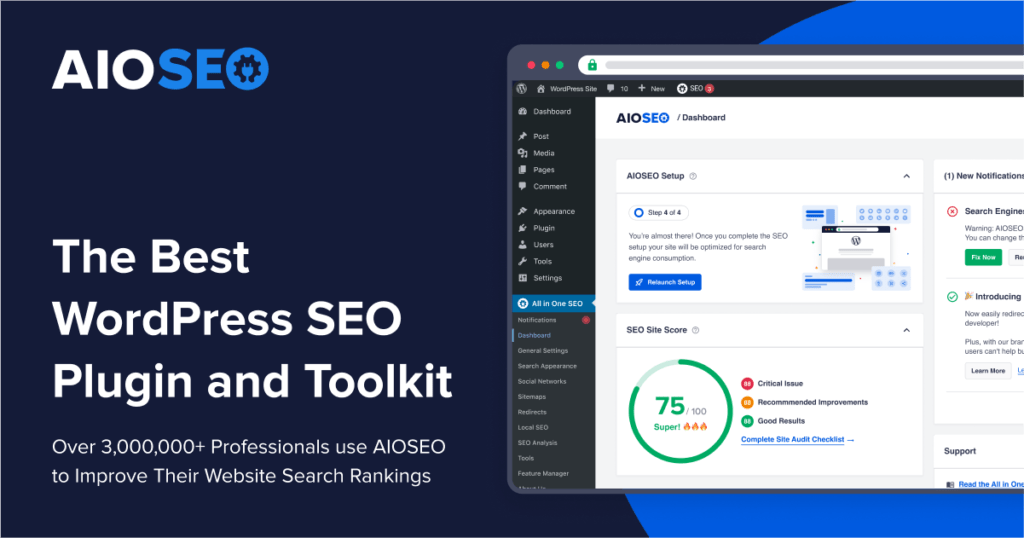

Importance of Keyword Optimization
At the heart of SEO lies the art and science of keyword optimization. Every time an individual types a query into a search engine, they use specific terms or phrases, colloquially known as ‘keywords’. These are the bridges that connect a potential audience member to your content.
To ensure that your content surfaces in relevant search results, it’s vital to understand which keywords your target audience might use and seamlessly integrate them into your content. But keyword optimization is not just about inclusion; it’s about relevance and intent. For instance, someone searching for “grow your audience” is likely at a different stage in their journey than someone looking for “audience engagement tips”. Tailoring your content to match the intent behind specific keywords can drastically improve the quality of traffic and engagement on your site.
Modern tools like SEO PowerSuite, SEMrush, or Ahrefs can provide invaluable insights into popular keywords, their search volume, and competitiveness. Regularly updating and optimizing your content based on these insights ensures that your website remains a relevant result for these searches, helping you continually grow your audience.
Link Building and Guest Posting
While keyword optimization focuses primarily on the content itself, SEO also heavily depends on the credibility and authority of your website in the eyes of search engines. One way to enhance this authority is through link building.
Every time another reputable website links to your content, search engines view it as a vote of confidence, a nod to the quality and relevance of your content. Accumulating these ‘backlinks‘ can significantly boost your website’s ranking in search results.
Guest posting becomes a potent strategy in this regard. By creating high-quality content for other websites in your niche and including links back to your website, you not only introduce your brand to a new audience but also earn valuable backlinks. But it’s vital to ensure that the websites you collaborate with are reputable and relevant to your niche. Quality always trumps quantity when it comes to backlinks.
Additionally, fostering relationships with other content creators, engaging in online communities, and consistently producing share-worthy content can encourage natural link-building, further bolstering your website’s authority and reach.
Strategy #5: Paid Advertising and Promotions
Even as organic growth strategies hold immense value, there are times when businesses need an accelerated push to grow their audience. This is where the precise power of paid advertising and promotions comes into play.
Unlike traditional advertising, the digital realm offers nuanced control, allowing businesses to target specific demographics, monitor real-time performance, and adjust strategies instantaneously. But, as with any tool, the efficacy of paid advertising lies in its judicious use.
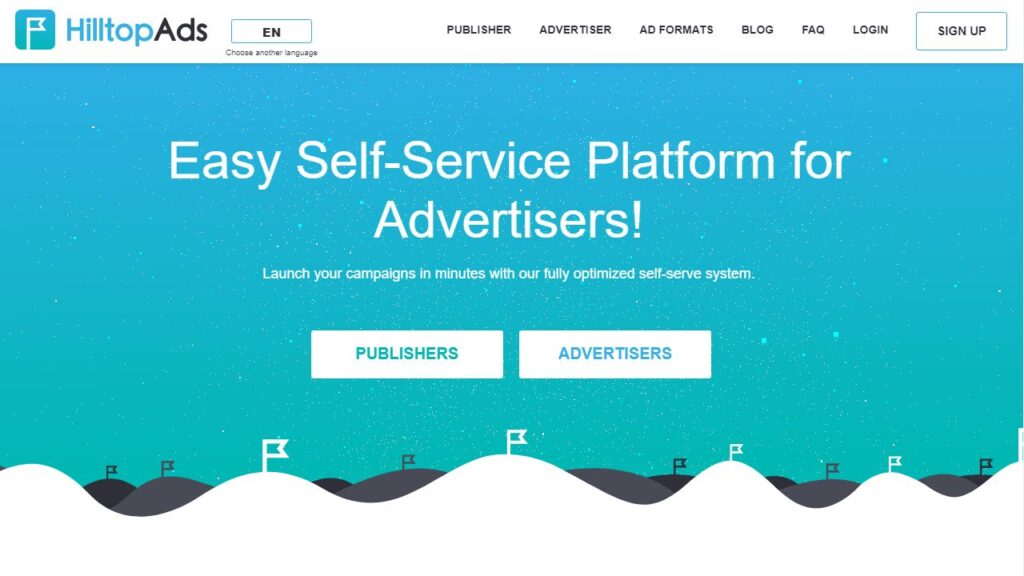

Identifying Your Audience Segments
Before diving into the world of paid promotions, the first and most vital step is to clearly identify your audience segments. This isn’t merely about broad demographics like age or location but delving deep into psychographics, understanding behaviors, preferences, pain points, and aspirations.
The beauty of digital advertising platforms, be it Google Ads, Facebook Ad Manager, or any other, is the granularity they offer. You can target a single mother in her 30s, living in a specific city, who loves organic food and practices yoga. Such precision ensures that every penny spent is directed towards someone who has a high probability of resonating with your brand or product.
Utilizing analytics tools, conducting surveys, and even leveraging social media insights can provide a clearer picture of your audience segments. Once these are defined, crafting tailored ad content for each segment can drastically improve engagement rates. Remember, in the vast digital space, relevance is king. And when you speak directly to an individual’s needs or desires, they are far more likely to engage, helping you effectively grow your audience.
Benefits of Retargeting Campaigns
While attracting new audience members is crucial, equally important is re-engaging those who’ve already interacted with your brand but haven’t taken a desired action. Enter the realm of retargeting campaigns.
Retargeting, or remarketing, is a strategy that targets individuals who’ve visited your website, interacted with your content, or even added products to their cart but left without completing a purchase. With retargeting campaigns, you can serve these individuals specific ads, reminding them of their initial interest or offering them incentives to return.
One of the primary benefits of retargeting is its efficiency. Since you’re targeting individuals already familiar with your brand, the conversion rates are often higher. It’s the digital equivalent of a salesperson following up with a potential customer who showed interest in a product but left the store without buying.
Furthermore, retargeting campaigns can help in building brand recall. Even if an individual doesn’t immediately return to complete a purchase, the repeated exposure to your brand increases the likelihood of them returning organically in the future.
Lastly, these campaigns allow for creative strategies. From offering special discounts, showcasing new products, or even sharing customer testimonials, retargeting ads can be tailored based on the specific interaction the individual had with your brand initially.
Measuring and Adapting for Success
In any endeavor to grow your audience, it’s not enough to merely implement strategies; it’s imperative to measure their efficacy, analyze the outcomes, and continually refine your approach. In this digital age, success is not a static milestone but a dynamic journey of constant learning and adaptation.
But how does one determine what’s working and what’s not? The answer lies in harnessing the power of analytics, feedback, and agile adaptation.
Analytics and Tracking Tools
When you embark on a quest to grow your audience, the digital world offers a plethora of tools that act as your compass, guiding you through the vast landscape. Analytics and tracking tools serve this very purpose, offering invaluable insights into user behavior, engagement metrics, and conversion rates.
Platforms like Google Analytics, for instance, provide a detailed breakdown of where your traffic is coming from, what content or pages they’re most engaged with, and at which point they might be dropping off. Similarly, tools such as Hotjar can provide heatmaps, showcasing which parts of your website users interact with the most.
But why is all this data important? Because it tells a story. It paints a picture of your audience’s journey with your brand, highlighting areas of success and pointing towards potential bottlenecks or areas of improvement. For instance, if you notice that a significant percentage of users drop off at the checkout page, it could indicate issues with your payment gateway or perhaps a need for more transparent shipping information.
In essence, these analytics and tracking tools act as a diagnostic mechanism, helping brands understand their health and vitality in the digital ecosystem. By continually monitoring these metrics, businesses can ensure they’re not just shooting in the dark but are making informed decisions to optimize their strategies and grow their audience effectively.
Adapting Based on Feedback
Beyond the quantitative insights offered by analytics tools, there’s a qualitative goldmine that brands often overlook: direct feedback. While numbers can tell you a lot, direct feedback from your audience offers context, emotions, and depth, making it an invaluable resource for any brand aiming to grow.
Feedback can come in many forms. It could be direct comments on your content, reviews on product pages, interactions on social media, or even structured feedback through surveys and feedback forms. Regardless of the source, it’s essential to view feedback not as criticism but as an opportunity for growth.
For instance, if multiple users point out that they found a particular piece of content confusing, it’s a clear indication to revisit and refine it. If feedback highlights that a specific feature in your product is loved, it might be worth emphasizing it in your marketing campaigns.
However, the key to leveraging feedback effectively is not just passive collection but active engagement. Respond to comments, thank users for their reviews, and even engage with negative feedback constructively. By showcasing that you value your audience’s opinions and are willing to adapt based on their needs and preferences, you not only refine your strategies but also foster a sense of community and trust.
Nurturing Your Established Audience
As the adage goes, “It’s not enough to win; one must also retain.” While efforts to grow your audience are fundamental, equally crucial is the drive to nurture and engage the audience you’ve already acquired. After all, a committed and engaged audience not only adds to your brand’s credibility but also becomes its advocates, driving organic growth through word-of-mouth and shared experiences.
Value-Driven Content for Engagement
Delivering consistent value should be at the forefront of your audience retention strategy. It’s easy to become fixated on acquisition and forget that retaining an audience requires continuous effort. One way to offer sustained value is through consistently delivering high-quality, relevant content.
Whether it’s through insightful blog posts, engaging videos, or interactive webinars, your content should always aim to address the evolving needs and interests of your audience. Regularly surveying your audience, staying updated with industry trends, and anticipating emerging challenges faced by your audience can help guide your content strategy. This proactive approach ensures that your audience views your brand as a valuable resource, a go-to hub for their needs and interests.
Building Community and Fostering Loyalty
Humans are inherently social beings, and the sense of belonging to a community can significantly amplify their loyalty to a brand. Brands can leverage this by creating spaces where their audience can interact, share experiences, and feel a sense of belonging. This could be through online forums, dedicated social media groups, or even offline events and meet-ups.
Engaging directly with your community, celebrating their successes, and even addressing their grievances transparently can build a sense of trust. Hosting Q&A sessions, spotlighting user-generated content, or even creating loyalty programs are ways to foster deeper connections with your audience. When people feel valued and heard, they’re more likely to stick around and even become brand ambassadors, furthering your efforts to grow your audience.
Continuous Innovation and Evolution
The digital landscape is constantly evolving, and so are the expectations of your audience. To ensure sustained engagement, brands must be willing to innovate and evolve. This might mean updating your product or service based on user feedback, experimenting with new content formats, or even venturing into new platforms and channels.
By staying agile and open to change, you signal to your audience that you’re committed to delivering the best, that you’re in tune with the times, and that you value their evolving needs. This not only helps in retaining your existing audience but also acts as a magnet for new members who are looking for brands that are at the cutting edge, dynamic, and responsive.

